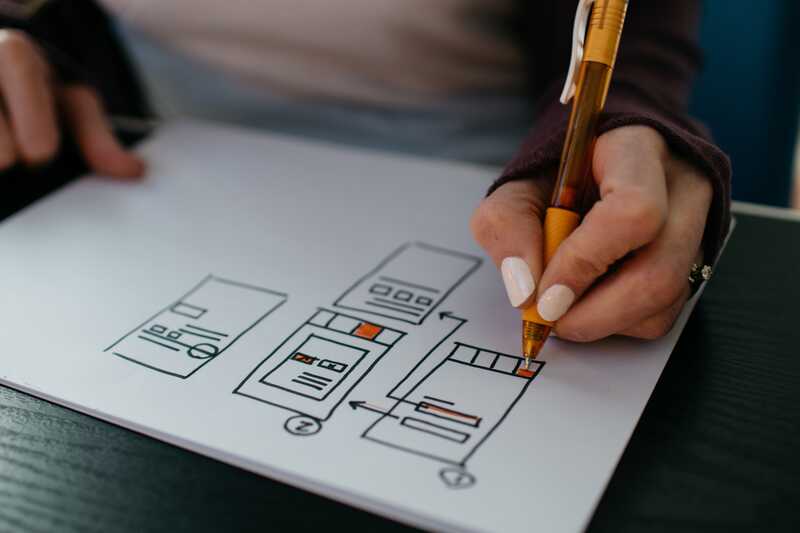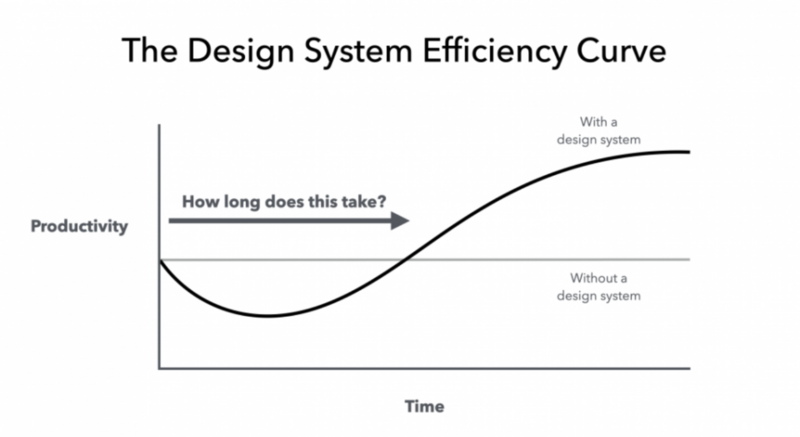User experience (UX) design is a powerful way to create valuable relationships with site users. You know it, we know it, and you need only glance at big brands to confirm they know it too. But can you prove it?
Gut instinct and anecdotal evidence are valuable, but they aren’t enough. Not if you want to be data-driven, scale results, and persuade stakeholders. To get the insights you need, it’s important to track and demonstrate return on investment (ROI). ROI measures performance by comparing what you put in with what you get out.
Measuring the ROI of design can be tricky. Why? Because the impact of design on your organization's bottom line is often indirect. It's also hard to separate from the successes of other business areas, like sales and marketing.
Luckily, we’re no stranger to solving tough problems. This guide offers practical advice and best practices from our experts to help you track design ROI like a pro. We've covered:
- Calculating ROI and choosing the right key performance indicators (KPIs)
- Maximizing ROI by generating more value and increasing efficiencies
- 10 statistics that make a persuasive case for investing in UX design

Calculating ROI and Choosing the Right KPIs
The conventional way of calculating ROI is using monetary values:
ROI = net income / cost of investment x 100
This is particularly appropriate in industries where quick conversions and a straightforward sales funnel are the norm, such as the FMCG industry.
But for many organizations, the user’s journey to conversion is longer and more convoluted. It may happen over weeks, months or even years with a multitude of touchpoints along the way. What’s more—generating profit isn’t always the goal of a project. For example, it could be to raise awareness, influence opinions, provide public services, or give back to the community.
A better way to demonstrate the ‘returns’ of your design efforts can be to use a Key Performance Indicator (KPI). This is a quantifiable measure used to gauge impact, set goals, and determine success. KPIs can look like anything from newsletter registrations or petition signatures to support calls or customer ratings.
- Choose KPIs that align with your organization’s strategic objectives—such as increasing conversions, entering new markets, building brand awareness, accelerating time-to-market, or reducing overheads.
- Avoid superficial ‘vanity metrics’ that don’t reflect your design efforts or distract you from measuring real business successes.
- Consider how KPIs can help you get internal support for your project. Involve important stakeholders in the UX discovery and pick KPIs they care about.
- Consider assigning a dollar value to your KPIs to help you estimate the ROI in monetary terms.
KPIs example: Evolving Web collaborated with OCAD University on the redesign of its admissions website. OCAD U’s primary goal was to increase applications by making the admissions process more engaging and easier to follow. Therefore, an important KPIs was the number of applicants. Applicants increased by 15% within a few weeks of the launch, demonstrating the project’s considerable success.
Maximizing the ROI of Your Design Project
Tracking and analyzing KPIs helps you to identify what’s working and what isn’t. This allows you to make adjustments to realize the full potential of your current design project and future ones. You can also draw on industry best practices to inform your design strategy from the get-go.
At Evolving Web, we draw on Design Thinking: an iterative and collaborative process that puts users at the forefront of a project. It consists of five core stages: empathize, define, ideate, prototype, and test the design. According to a model developed by Forrester, Design Thinking brings an impressive median ROI of 229% per project. At an organizational level, the model demonstrated that a mature Design Thinking practice can achieve an ROI of between 71% and 107%.
Another best practice we draw on is design systems: a set of standards, style guides, and components used to unify a brand's experience. A design system enables designers to reuse core elements, meaning they don’t have to reinvent the wheel and can focus on more complex tasks. It reduces unnecessary labour hours and leads to better performing designs—both of which have a positive impact on ROI.

10 Statistics That Make a Strong Business Case for UX Design
Need some cold, hard data to back up your ideas? We’ve gathered 10 persuasive facts and figures that’ll help you make a compelling business case for investing in UX design.
- Users’ first impressions of a website are 94% design-related (Adobe)
- 75% of users judge a company's credibility based on its website design (Stanford University)
- 94% of people said that web design was the major reason they mistrusted or rejected a website (Rareform New Media)
- 59% would rather read beautifully designed content instead of something plain and simple (Adobe)
- 38% of people would leave a site if its content or layout was unattractive (Adobe)
- 39% of people will stop engaging with a site if images take too long to load (Akamai)
- Consumers use an average of 5 different devices per person—and 8 out of 10 will leave a website if the content doesn’t display well on their device (Adobe)
- Google started giving preferences to responsive websites in its search engine results pages in 2015
- Speeding up loading on mobile by 0.1 seconds can increase conversion rates by 8-10% (Google)
- Conversions can fall by up to 20% for every extra second a mobile page takes to load (Google)
Make the Most of Your Next Design Project With an Agency Partner
Evolving Web has spent more than 15 years empowering organizations to create deeper connections through valuable digital experiences. Our Design Team harnesses research, strategy, and innovation to unleash the creative potential in every project—no matter its size. Partner with us and you’ll gain the confidence, wisdom, and support to take your digital design to the next level.
